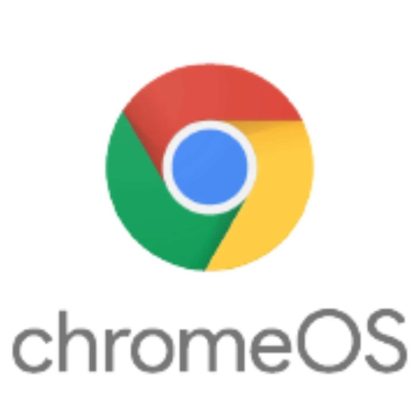
Google has unveiled a new image-to-text feature in Chrome on ChromeOS. This functionality aims to assist screen readers in working with PDFs, particularly when images lack alt-text descriptions. With the ability to analyze image contents and convert text saved as an image back into machine-accessible text using Optical Character Recognition (OCR) technology, this feature enables users who are blind or with low vision, to access PDF content more effectively.
For individuals who are blind or with low vision, exploring and interacting with PDFs can be challenging due to incomplete or missing alt-text descriptions. The image-to-text feature alleviates the need for alt text by generating machine-accessible text for images in PDFs, which can then be read aloud by screen readers.
Google is also expanding its reading mode, initially available on ChromeOS, to the browser on all computers. The reading mode may encounter minor issues, such as incomplete page loading or complications on sites with paywalls, but it is a start. This expansion may eventually include a version tailored specifically for PDFs, further enhancing accessibility options.
By introducing features like image-to-text and expanding reading mode, Google aims to encourage users to utilize its own accessibility tools rather than relying on third-party applications found on the Chrome store.
For more information, please read the article on Android Police.
